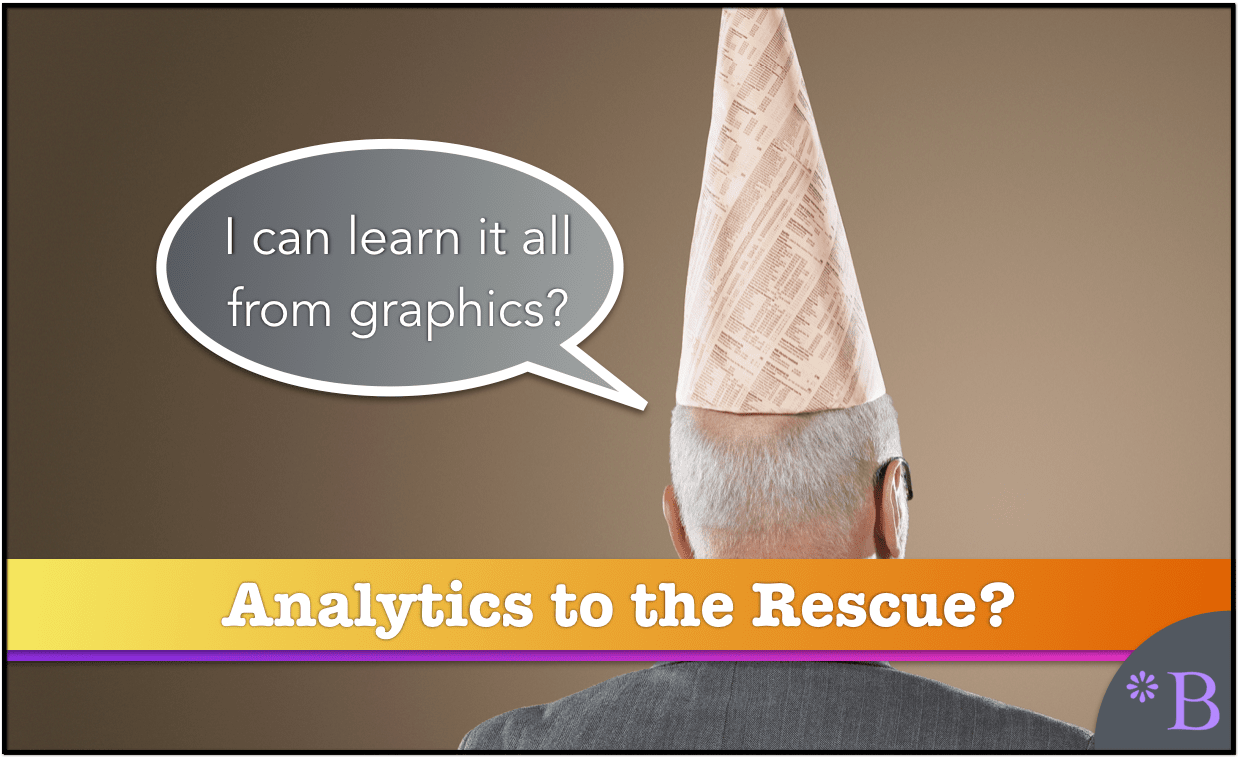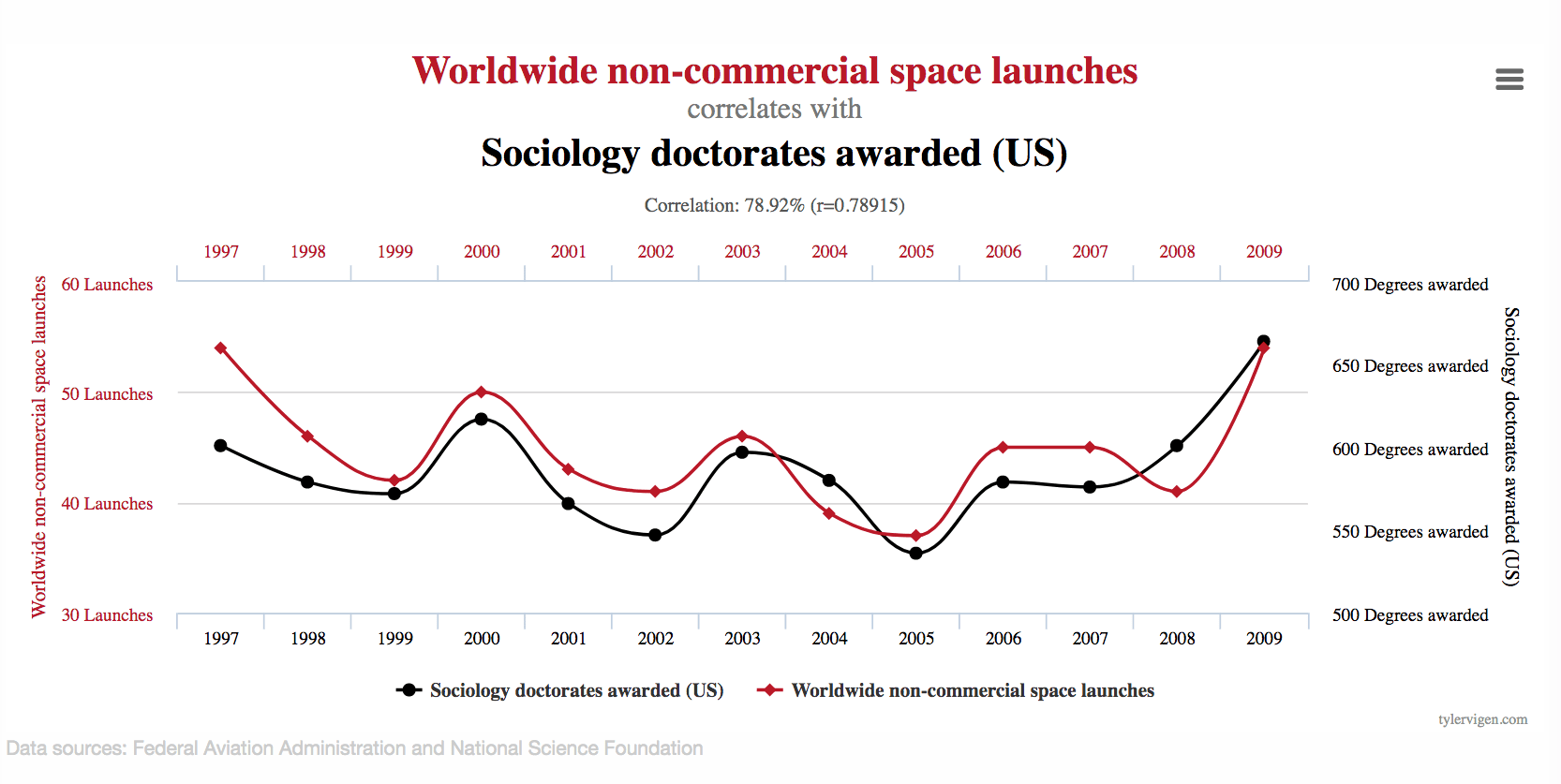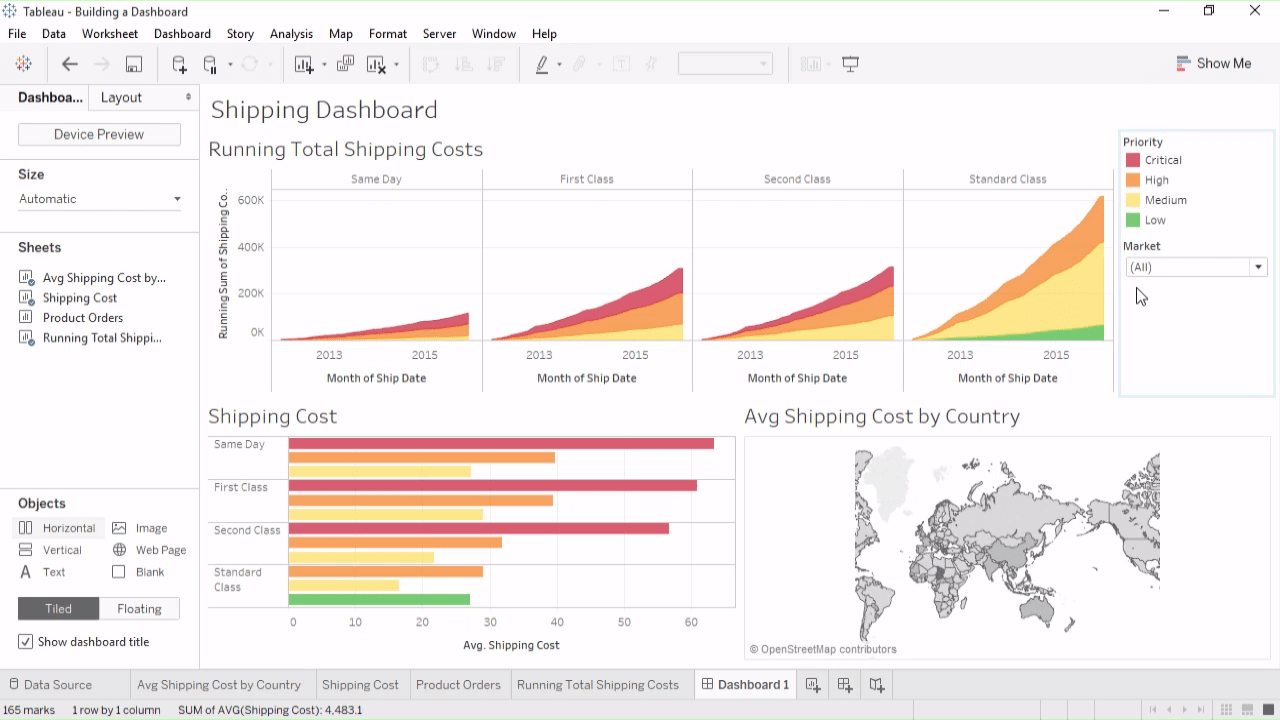How Analytic and AI/ML Vendors and Consulting Firms Deemphasize Domain Expertise
Executive Summary
- Analytic vendors and consulting firms propose that all necessary to understand topics is to have analytics applications.
- This relates to how AI and ML are presented to companies.

Introduction
Companies like Tableau and other business intelligence vendors have presented a picture of analysis where analytics is at the center of a process that leads to great insights and to where companies massively improve their decision making because of their applications.
Tableau has a long-term pattern of aggressively overstating how easy their product is to use (how much time it takes to create analytics or reports). However, they also foster the idea that one does not require domain expertise to understand data. Other analytics vendors present exaggerated claims to a more or lesser degree.
The Value of Domain Expertise?
You don’t need expertise if you have enough pie charts. This message comes through loud and clear in the marketing of business intelligence vendors.
The Reality of Research in Enterprise Software
This video shows how an analytics solution can be used to show the Gartner MQ changing over time. This video illustrates the common problem with analytics — which is that it creates the analytics without any analysis as to whether Gartner’s Magic Quadrant has any validity. This is common in the enterprise software space, where none of the financial biases or claims are fact-checked. If you use an advanced analytics tool, but you don’t apply any critical thinking, nor do you know the domain — the result is false insight.
Things This Analyst Did Not Know About the IT Analyst Space
There is virtually no analysis of Gartner in the enterprise software space. As we cover in the article How to Understand Why IT Lacks Functioning Research Entities Covering SAP, virtually no entities perform research or have independence from vendors and consulting firms in the enterprise software space.
Those that buy research from IT analysts can be easily lied to because the vast majority don’t know what the rules or research are and don’t seem even to notice that Gartner does not use any references in their documents — as we also cover in the article Why No One Seems to Care that Gartner Follows No Research Rules.
The Message from AI Vendors to Deskill Technical Jobs
In addition to analytics vendors, vendors that pitch AI or ML (which is in many cases includes analytics vendors) propose something similar — which is that the AI/ML can replace domain expertise.
Many in AI propose the algorithm will find the relationship, and, therefore, there is no necessity to create the hypothesis — as the “robot” will find the relationship for you by sifting through “Big Data.” However, while the robot can find the relationship — can the robot tell you if the relationship is valid? No, then what is the point?
It is effortless to find faulty relationships, as the website of Tyler Vigen neatly demonstrates.

Look at that correlation. It is perfect! Clearly, if we want more noncommercial space launches, we need to matriculate more sociology PhDs through their programs.
Thank you, Big Data robot.
Also, the graphic is pretty good as well — so kudos to the software. It just happens not to mean anything. But why let anything being true get in the way of Big Data and pleasant graphics? A lot of what data science consulting firms do is find spurious relationships with minimal effects. If this interests your company, reach out to me, and I can put you in touch with a long list of IT consulting firms who pretend to be experts in AI/ML who will be happy to upcharge you for some resources they have barely trained.
The Unending Desire to Deskill Jobs
If one visits a typical IT department in the US, one will notice at least half of the workers are Indian. This dramatically reduced labor costs as foreign workers are far more easily controlled both from a cultural perspective. Many are on some foreign visa and need the job to exit their country to enter the US and eventually bring family members. This is one way of depressing wages. But why stop there?
With ML or AI, companies can hope to target their employees further, making them less essential. For this reason, software vendors continually use the term “automation.” This is a code word for “eliminate employees.” Luckily, so far, most of this is vendor smoke, but it may not continue to be smoke in the future. The goal is to take this pay that was going to skilled workers and push it to the company’s top executives. These are “the job creators.” (In the US, you can both eliminate jobs through automation while claiming the mantle of being a job creator, so it is quite a juxtaposition). This is never stated as the goal — but companies tend not to be honest when their goals undermine people who work in the company.
However, to achieve the desired automation or job elimination, it is necessary to undermine domain expertise. Once the human’s knowledge can be codified in the machine, the human can be dispensed with. This is why companies tend to be so assertively opposed to domain expertise.
Software vendors and consulting firms are happy to present AI fiction to their clients that domain expertise replacement is possible. That with AI, they can eliminate its need. You don’t need expertise if you have ML and, of course, a pie chart.
How Visualization Tools Underemphasis Statistical Analysis
Analytics vendors, particularly visualization vendors, tend to present the answer to all analyses as purchasing one of their applications. These vendors and their partnered consulting firms constantly present the fiction that all necessary to make better decisions is more analytics tools (like theirs).
Now I am not against some good charts — but it only tells you quantity, proportion, etc.. You can’t normally show a deep relationship with a visualization tool. I burn out on using “analytics” tools pretty quickly.
I want to run relationships. I have been doing detailed analytical work since I was in my mid-20s. So virtualization tools never appealed to me as I am not the market. The market for these visualization tools is not analysts. It is executives.
They think, and in great part, have been misled by analytics vendors into thinking the graphics are themselves the analysis. However, there are many cases where this is not true.
For example, covariance does not show on a graphic. Regression produces a graph of a fit, but many statistical analyses only output numbers. I mean, you can force it to be a graphic somehow, I suppose, but this does not necessarily improve the insight.
This is expressed similarly by the following quotation.
Correlation is not always in the same unit of measure, so the X and Y can be hard to plot visually.– Markian Jaworsky

Visualization vendors love showing executive dashboards that cram many individual graphics or charts into one screen. Why is this beneficial? I prefer to see more information per graphic or chart, rather than this “executive” view.
This perception shows that visualization vendors have played a big part in establishing that charts are a superior method of data display for everything.
See the following quotation.
Tableau and PowerBI, and previously excel charts is a defense shield for weak statistical knowledge/practice. – visual does not accurately pinpoint the measure of correlation significance and can be misleading. – Markian Jaworsky
Conclusion
Analytics or mathematical approaches like ML are supposed to augment individuals with domain expertise. It is not supposed to “empower” low analytical individuals who do not have the expertise to come to conclusions because those people cannot determine valid “correlations” from invalid. Furthermore, executives cannot understand phenomena outside of their domain simply by having colorful analytics, and graphics cannot replace statistics, nor can graphics teach statistics. Yet all of these things are often what vendors and consulting firms are selling as a concept to companies.